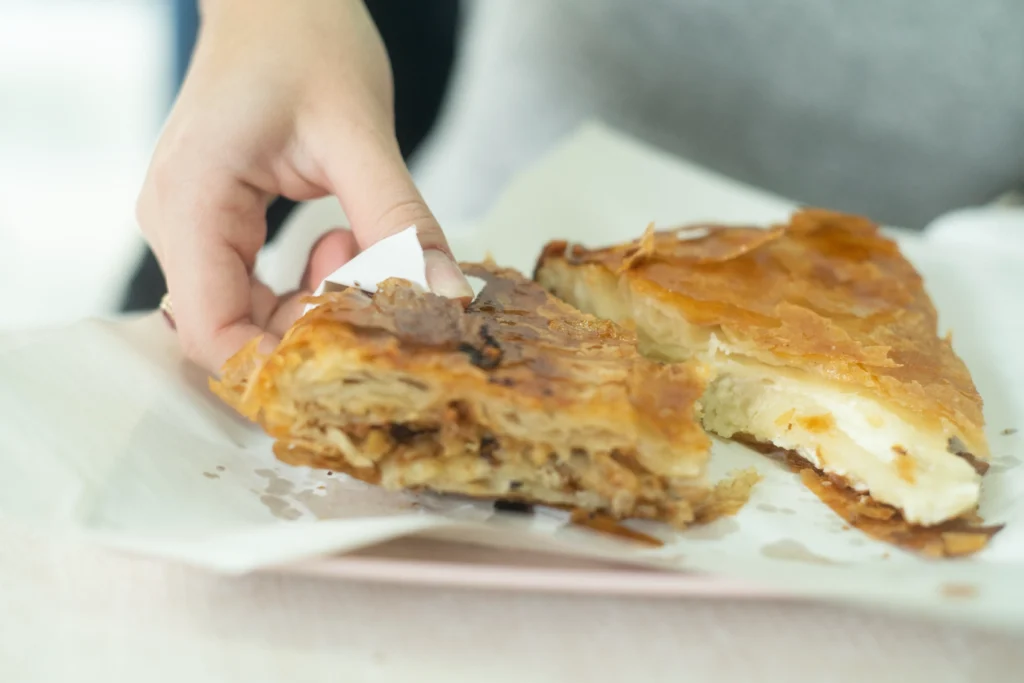
Serbia has a rich history, especially when it comes to food. Some of the biggest influences on this country’s cuisine are the Greeks, the Ottomans, Serbia’s Balkan neighbours, and even the Byzantine Empire. In some ways, Serbia’s food is similar to Greek and Turkish cuisine, yet it still holds a distinct identity. Be prepared to see some familiar elements with a twist, as well as dishes you would’ve never imagined. Class is in session as we dig into the delicious world of Serbian food.
Burek
This flaky delight comes in many shapes and sizes with just as many fillings. Is it a pie? Is it a pastry? All we know is that it’s flipping delicious. The most iconic burek is shaped in a spiral and could easily be confused with the Greek spanakopita at first glance because they come from the same tradition. While both use phyllo pastry, you’re much more likely to find a spiced ground meat filling in burek than spinach and feta. This traditional Serbian food can be found everywhere, from breakfast tables to family gatherings.
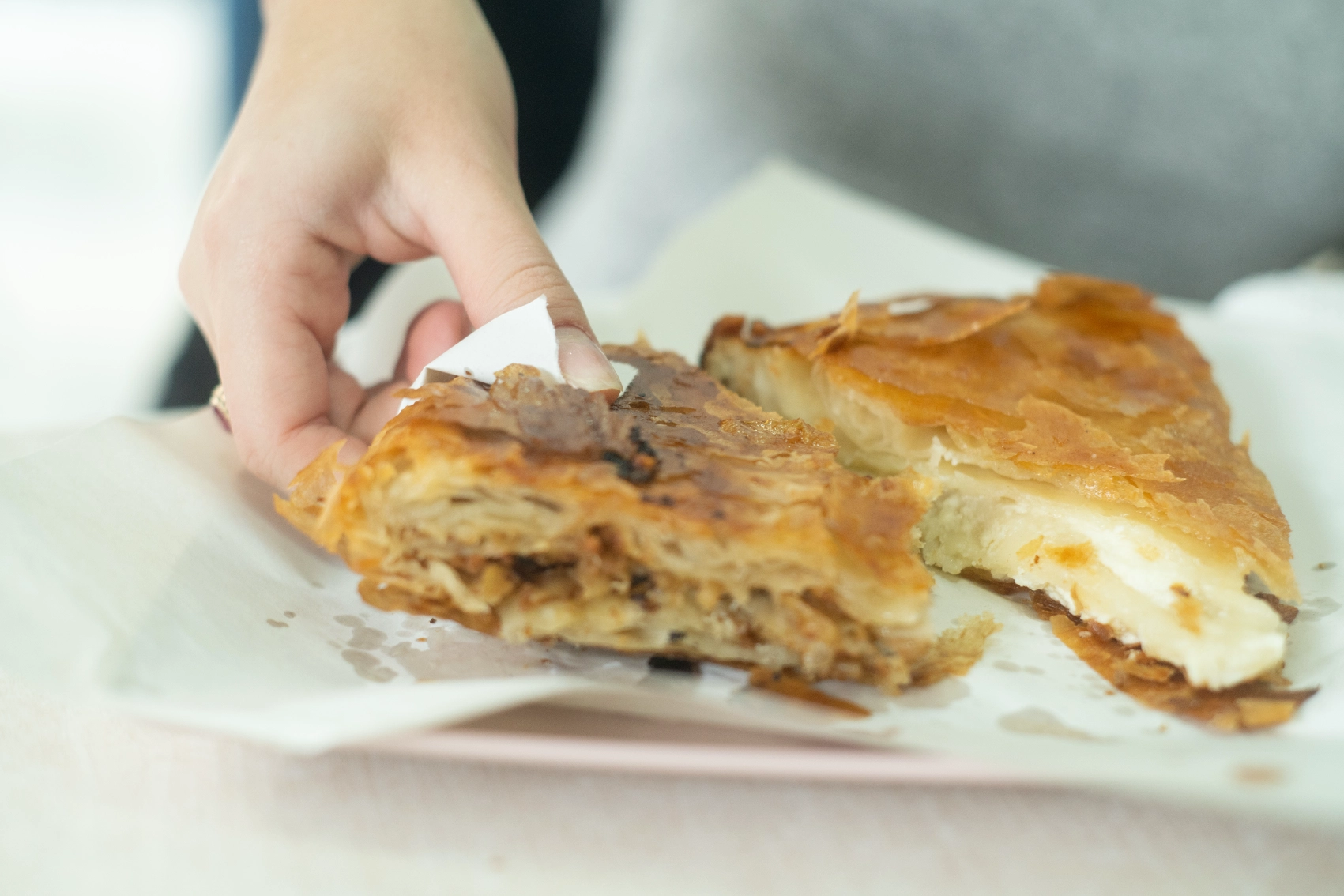
Taste it for yourself on: Croatia and the Balkans
Pljeskavica
Pljeskavica is a meat patty typically made with beef, lamb, and pork that is grilled, pan-fried, or baked. It’s what your homemade burgers wish they were. Often served open-faced on flatbreads with plenty of toppings, pljeskavica is a handy meal when you’re on the go. In some variations, the patty is stuffed with kačkavalj cheese or served with extremely spicy onions.
Gibanica
Gibanica is a pastry made with phyllo and comes in sweet and savoury options. What makes it distinct from burek is the way the thin pastry creates crispy layers that contrast with the soft fillings. You’ll typically grab gibanica as a snack or have it at breakfast.
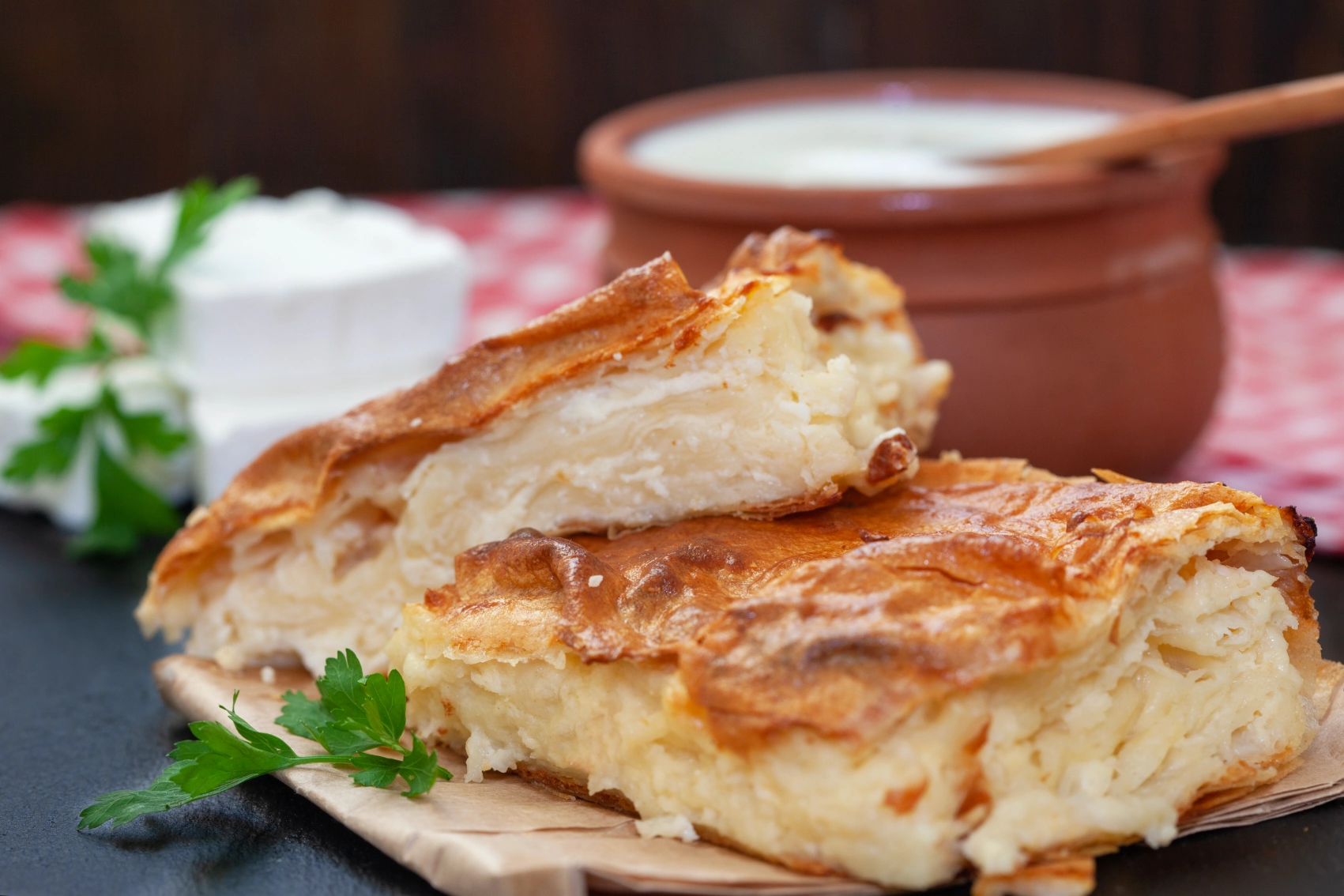
Karađorđeva šnicla
If you’re in Belgrade, you have to try karađorđeva šnicla. Although you can find the dish outside of Belgrade, you’ll want to try it in the Serbian capital. Chef Mića Stojanović created karađorđeva šnicla when he worked at Golf Restaurant in Belgrade. A customer ordered chicken Kiev, but he’d run out of ingredients. The chef modified the recipe and served up a crispy breaded veal cutlet filled with kaymak, a dairy product similar to clotted cream. This dish landed him plenty of imitators and also a job as the personal chef for the president of Yugoslavia. If you want to try the real deal, head to his restaurant Mićina Domaća Kujna in Belgrade, which still uses the original recipe.
Taste it for yourself on: Eastern Europe, Croatia & the Balkans
Ćevapi
Widely regarded as the country’s national dish, ćevapi is a sausage that’s perfect for snacking or as part of a bigger spread. The dish is served all over Belgrade, and as a relatively cheap street food option, it’s hard not to like it. Similar to its larger cousin, pljeskavica, ćevapi is usually made of a combination of lamb, beef, and pork, but ćevapi are much smaller and are individually hand-shaped to form sausages. Thrown onto a grill, they stay juicy on the inside with a smoky char on the outside.
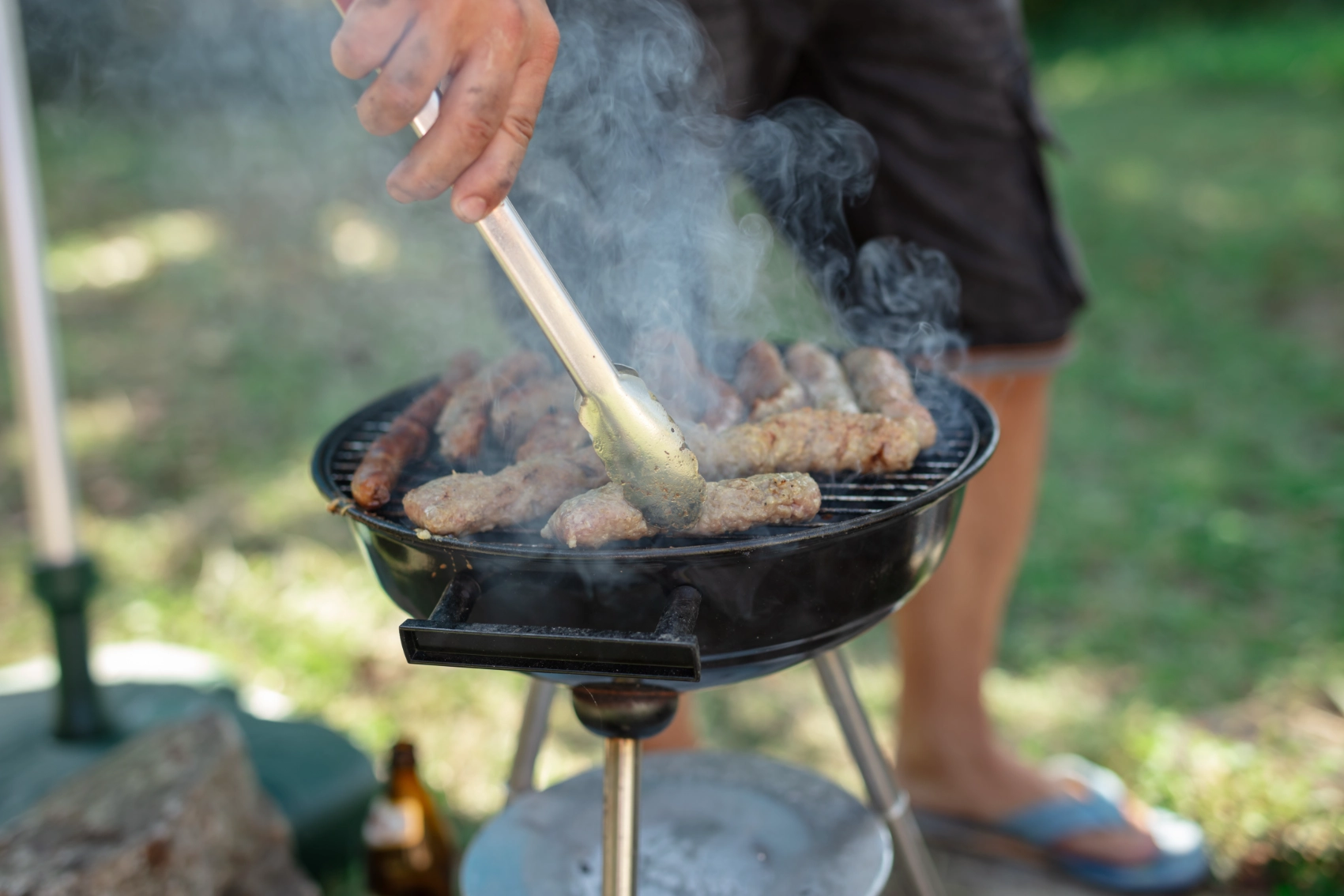
Kobasica
Kobasica is the Serbian word for sausage. It comes in plenty of variations, but broadly speaking, these are savoury, smoky sausages that have been a staple of the nation’s cuisine for generations. As Serbia moved away from pastoral farming during the Middle Ages, cured meats and sausages became increasingly popular as part of people’s diets. Today, they are still beloved, and they pair well with local lager or rakia, a regional brandy often made with plums.
Podvarak
This slow-cooked food sees humble sauerkraut shining bright. Although it is often paired with meat, the star of the show is the sauerkraut, meaning that podvarak can be served as a vegetarian dish. It’s wintertime comfort food that warms you up and fills your belly. It’s no frills, but that doesn’t mean it lacks flavour. The slow cooking allows deep, rich flavours to develop that are mellow and pleasant rather than overpowering. Podvarak is a hearty dish that brings families together and a dish that lives on in your memory long after you take your first bite.
Sarma
No trip to Serbia would be complete without trying sarma. Sarma is not exclusive to Serbia, but it’s the perfect example of the rich cultural exchange in the region. The name sarma is actually the Turkish word for wrap. The dish is instantly recognizable with its leafy outer wrapping of cabbage or vine leaf. Enclosed beneath the tangy exterior is typically a mixture of ground beef, pork, rice, onions, and spices. Don’t worry if you don’t eat meat because some varieties have walnut fillings. Though they look like small light bites, they are mighty. Traditionally eaten during the winter months or during celebrations, a few sarma can keep your stomach happy for a lot longer than you think.
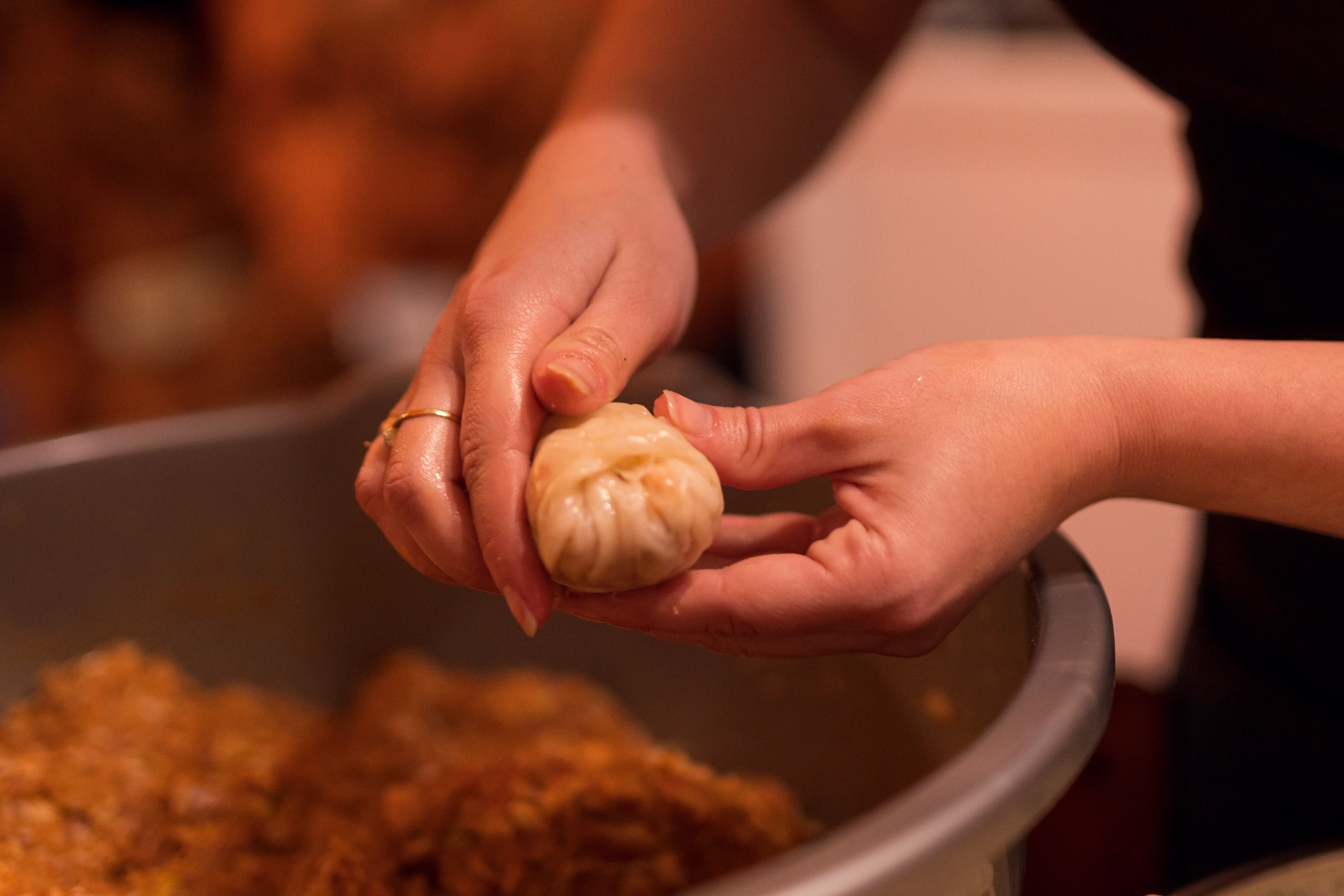
Turšija
If you need something to break up all the meat, turšija is a good addition to your meals. It’s typically eaten as a side dish or appetizer, but don’t let its appearance as a medley of plain-looking vegetables deceive you. Turšija is a pickled vegetable dish that packs a real punch that can help cut through the richness of creamy cheese dishes and the smoky flavour of grilled meats. Its humble ingredients show how Serbian cuisine can turn almost any ingredient into an integral part of a meal.
Uštipci
Uštipci are deep-fried fritters that are crispy on the outside but light and fluffy on the inside. Often dusted with powdered sugar or filled with jam, they are a firm favourite any time of day. They’re not quite doughnuts, but they’re in that same family.
Punjene paprike
Punjene paprike is a crowd pleaser. This stuffed pepper dish is so versatile that it can be made to suit almost every taste, as long as you like paprika and spices. This hearty dish is also relatively healthy. A bell pepper is hollowed out and stuffed with fillings of your (or the chef’s) choice before being stewed with a range of spices. The dish is served in homes across Serbia, as well as in several restaurants. If you’re curious about Serbian cuisine staples, punjene paprike has to be on your list to try.
Tufahije
There’s only one way to end a meal, and that’s with dessert. Tufahije is almost the dessert equivalent of punjene paprike. Instead of a bell pepper, an apple is hollowed out and then simmered in syrup and filled with a mix of spiced walnuts and raisins. It’s often served with cream to provide additional richness and an added silky texture. Tufahije has Ottoman influences in its ingredients and preparation, and it’s the ideal way to close out a meal with a dessert that’s elegant and light.





